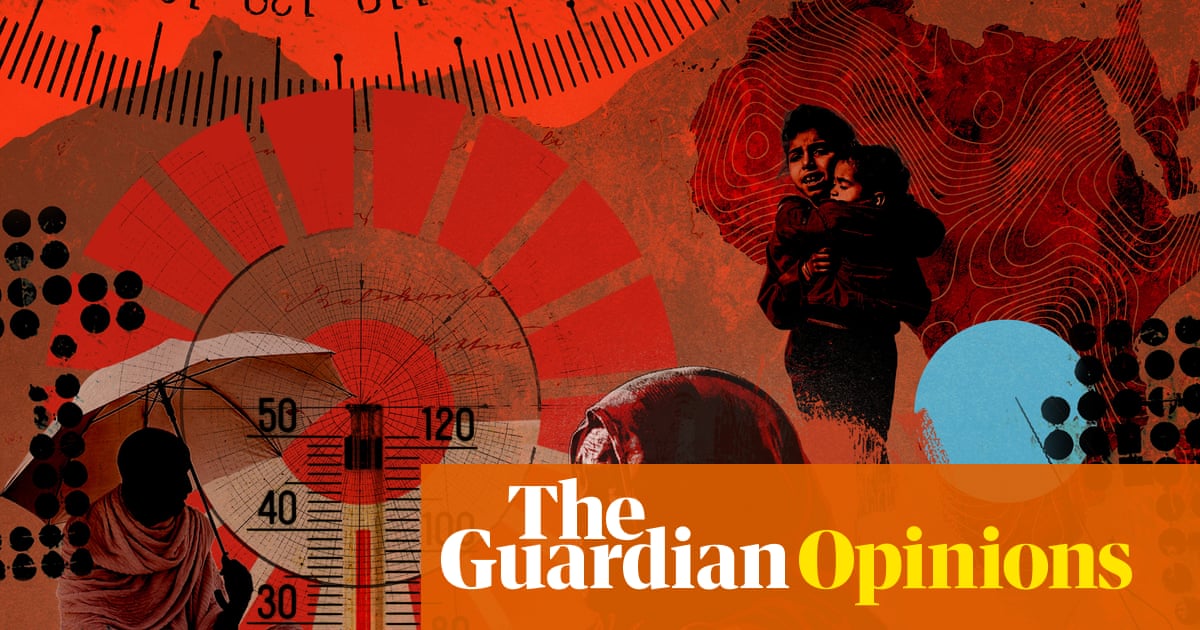My main account is here. I’m also using this one: [email protected], because I really like the feed feature.
Btw I’m a non-binary trans person [they/she/he].
- 573 Posts
- 314 Comments

 0·17 days ago
0·17 days agoThanks a mil to both of you, @[email protected] for the trust, and @[email protected] for the tag and the kind words!!

 0·2 months ago
0·2 months agoThe scientific community is not a unified body, so having scientists questioning any scientific model does not seem like a “wow” moment. But, when the discourse starts including strong vocabulary, admittedly I start questioning/researching claims. And I appreciate it when studies conclude by saying things like: cautious of interpretation is needed, or further studies are warranted, etc.
Apart from that, sure, maybe the LNT model needs some re-evaluation, maybe not - I dunno, time will tell. Still, to my understanding, one problem with ionising radiation is that the dosage received by people is not always as tightly controlled as needed for it to be safe, despite all efforts. Not even in work environments.
For example:
- This recent meta-analysis about occupational radiation exposure and risk of thyroid cancer from 2024 saying:
A total of six studies (covering 3,409,717 individuals), which were published between 2006 and 2021 from 4 countries met the inclusion criteria. (…) Pooled analyses indicated that occupational radiation exposure was associated with a 67% higher risk of thyroid cancer
- And this article from 2024 about a Lancet research, called: New study provides crucial insights into radiation exposure’s impact on cancer risk - Updated findings to a long-term international study on workers in the nuclear sector.
The researchers assembled a cohort of more than 300,000 radiation-monitored workers from France, the United Kingdom and the United States, employed at nuclear facilities between 1944 and 2016. (…) The study revealed a positive association between prolonged low-dose exposure to ionizing radiation and mortality from these hematological cancers. The study concluded that health risk remains low at low exposure levels. Nevertheless, the evidence of associations between total radiation exposure and multiple myeloma and myelodysplastic syndromes signals the necessity for future radiation studies to expand the discussion on radiation protection and occupational safety measures on a global scale.

 0·2 months ago
0·2 months ago-
If I got this right, from in table 1, p3 one could get to the conclusion that to decommission photovoltaics creates 7 times more CO2 (more precisely g CO2e/kWh), than decommissionning a nuclear plant for decades, as shown above. It made me wonder how they arrived to these measurements. But the link to the study for the nuclear is dead (see Heath, Garvin A., and Margaret K. Mann. 2012). So this cannot be verified.
-
Having a solution in the works, is very different from what you said, which was: Nuclear waste is not and has never been a real problem.
Bye-bye now
-

 0·2 months ago
0·2 months agoThe lifecycle emissions of nuclear plants are similar to (…)
The link you provided talks about something more specific than what you just said. It’s about the Life Cycle Greenhouse Gas Emissions from Electricity Generation. This means that the decommissioning of a nuclear plant for example is not taken into account for these emissions, and it is well known that decommissioning a nuclear reactor can easily take several decades (example from world nuclear news)
Nuclear waste is not and has never been a real problem.
The links I added above about France tell another story.

 0·2 months ago
0·2 months agoIn terms of cleanness it is also incredibly clean.
I believe nowadays it would make more sense to compare nuclear to renewable energy, not coal. Apart from that it’s important to keep in mind the nuclear waste problem.

 0·2 months ago
0·2 months agoBill Gates is a notorious capitalist. As mentioned in this article:
Gates sees nuclear power as a way to provide data centers with the power they need as well as to lower electricity costs.
He only cares about his projects and money, definitely not about people. See:
Tell Bill Gates: Stop Microsoft’s partnerships with the Israeli Military and ICE

 0·2 months ago
0·2 months ago“Fast action” in what sense? It looks like the nuclear phase-out in Germany started decades ago.
The history behind Germany’s nuclear phase-out
The nuclear phase-out is as much part of the Energiewende (energy transition) as the move towards a low-carbon economy. (…) a majority of Germans is still in favour of putting an end to nuclear power.
after 1989 no new commercial nuclear power stations were built

 0·2 months ago
0·2 months agoThis is exiting news! Fingers crossed that this process goes as smoothly as possible for you, and thank you for everything.

 0·2 months ago
0·2 months agoOf course cultural appropriation of spiritual indigenous narratives from westerners is something that has been happening for decades. And I totally see the point of your analysis.
In a way, what I was trying to say is that even tho this kinds of appropriations need to be fought so they don’t take over the political discourse about ecology, by itself this doesn’t seem enough imo. In order to fight the power imbalance that colonisers have created throughout the centuries, I believe there is also a need to consciously take into consideration, as well as incorporate the suggestions and approaches of indigenous people in the relevant discourses in western politics, ecology, and their intersections. Certainly, without the element of appropriation, but as as equals.

 0·2 months ago
0·2 months agoI tend to agree with this article, but it is also a very slippery slope.
We must be careful not to erase once more indigenous/local narratives because we don’t like the vocabulary used. We risk to contribute into reproducing the colonisers’ power imbalance by disregarding local knowledge, just because it is presented in non-western way (i.e. cultural burnings).

 0·2 months ago
0·2 months agoMaybe, I really don’t know. Do you perhaps have a relevant tutorial to share?

 0·3 months ago
0·3 months agoI’m not too sure if I missed it, but what’s the budget for this?

 0·3 months ago
0·3 months agoI only know that it is both casually used as a park and that they are also regularly doing stuff there.

 0·3 months ago
0·3 months agoI don’t have access to this articles, I get a paywall after a few sentences. Same with the archive link. Any ideas how to access it without a subscription?

 0·3 months ago
0·3 months agoI am not too sure I understand what your objection to this article is. Ok gas is considered sustainable under some conditions. This doesn’t seen to me like something contradicting that the EU Court ruling on Taxonomy sets a dangerous precedent. For me this is the point.
Did I get something wrong?
If I get you correctly, I totally agree with what you say. I didn’t like the tone of this article in the sense that it presents it ok to clear out forest for solar panels, and personally I believe it’s criminal, or something. I just thought it had some important info.
Thank you for giving me the chance to clarify where I stand on this and I will edit the post to reflect this.
Anything I suppose, this is why I’m asking.
I could be no, don’t cut the trees, or no, don’t talk bad about solar energy expansion, or… you name it! No?























Personnaly, I found it very funny to read this specific sentence. Thank you for reminding it to me!